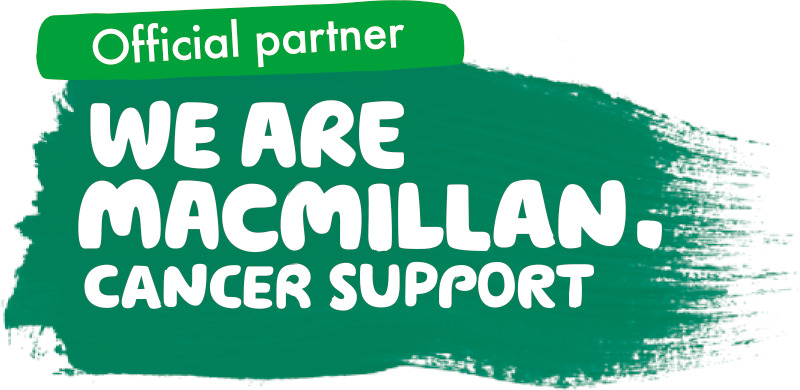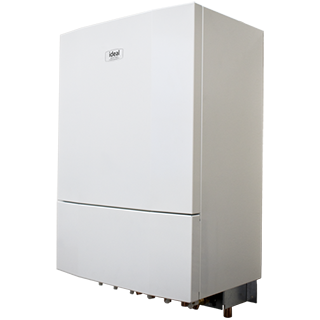Charlie Mowbray, Commercial Product Manager
Over the last few weeks, we’ve been investigating the huge potential of district heating to help the UK hit its net zero goal.
Let’s look back at what we’ve learned.
The basics of district heating
Heat networks, also known as district heating, deliver hot water from a central energy centre to end users’ properties through a network of insulated pipes.
In every property a Heat Interface Unit then uses heat exchangers to transfer thermal energy from the water in the distribution network to the water in the central heating or hot water system.
Collective generation of the thermal energy for district heating can be far more efficient than traditional heating systems, where every end user has their own individual boiler, meaning lower carbon emissions and the possibility of cheaper energy bills for homes and businesses.
There are already more than 14,000 heat networks in the UK, supplying around half a million end users.
But the government’s Clean Growth Strategy predicts that there could be 10 times as many heat networks by 2050.
Heat networks are a great solution because they are so versatile, scalable and adaptable.
Modern heat networks can operate on lower temperatures than ever before; even a primary temperature of 60 – 70°C can keep homes warm and heat water to 50 to 55C.
They are energy agnostic and can be powered by renewable energy, waste heat from industry or can combine several different sources of energy, including gas boilers, Combined Heat and Power and heat pumps.
And they are a flexible solution for new build homes, social housing and retrofitting legacy housing stock, and there is no need for flue routes or gas connections to individual properties.
To support the industry through the nation’s transition to net zero, we’ve developed the POD Heat Interface Unit, which is optimised for use in UK heat networks.
POD looks just like a traditional gas boiler from the outside, with similar controls, and is normally installed out of the way in a store cupboard or a service hatch compartment.
They are designed and built in the UK, for the UK, and come in two models, for direct and indirect heating of varying outputs.
But what really sets POD apart from the competition is that the units have been designed to be as quick and easy as possible to operate, install and maintain.
The units are fully serviceable from the front and the straightforward user interface will be instantly familiar to residents.
The launch of POD comes as the government is moving to ramp up its support for heat networks with the £270m Green Heat Network Fund, a capital grant fund which launches in 2022 and runs until 2025.
That comes alongside the publication of the new expanded CP1 code of practice from the Chartered Institution of Building Services Engineers (CIBSE) and The Association for Decentralised Energy (ADE), which lays out best practice and minimum standards for every stage of the heat network process.
The code includes guidance on everything to do with district heating, from building the business case, design and commissioning to installation, operation and testing.
District heating will undoubtedly be central to the UK’s strategy for decarbonising heat and represents a fantastic opportunity for UK contractors to grow and expand their offer to the market.
If you want to unlock the potential of district heating for your business, get in touch to see how we can support you.


